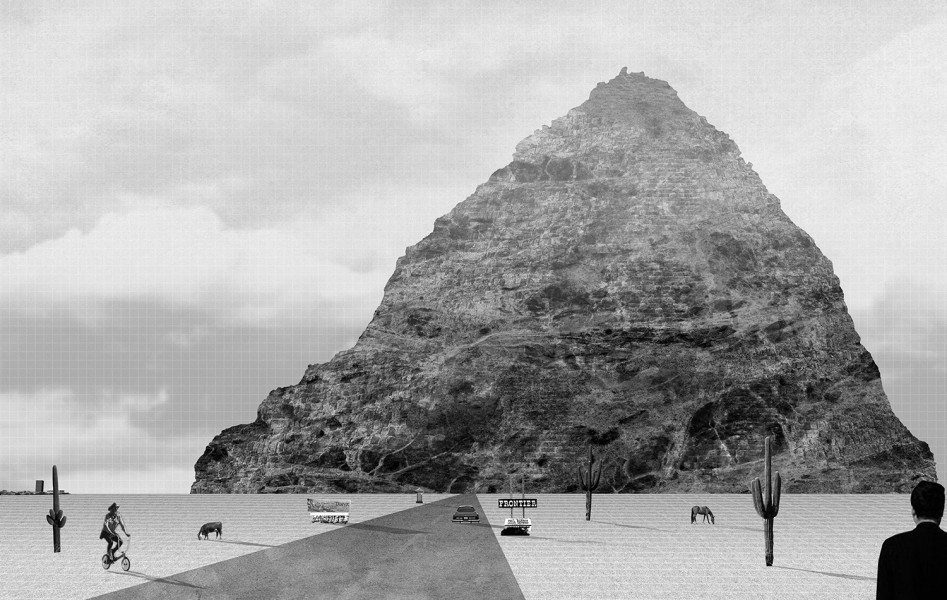Museum of Lost Volumes
Type: CompetitionYear: 2015
Project Team: Neyran Turan (Lead), Anastasia Yee
Honorable Mention Award, Blank Space Fairytales Competition

︎︎︎https://blankspaceproject.com/fairytales2015/
Museum of Lost Volumes responds to Blank Space's Fairy Tales competition prompting each contestant to tell a story through architectural drawings. Museum of Lost Volumes raises a criticism on the abundant extraction of chemical elements and minerals as a result of significant worldwide increase in their demand and demonstrates a speculative story on their extinction. The submission consists of five drawings that each illustrates a room in this speculative museum where these Rare Earth minerals are preserved and exhibited. The story takes place at a time when the entire world is finally sustainable but the clean-energy technologies relying on these minerals have eventually led to their scarcity.
Nearly all of the Rare Earths were discovered in the 19th century but their use mostly proliferated because of their association with green technologies. Not alarmed by the possible tragic outcomes of the further mining of these minerals, the world celebrated their delirious consumption with more car batteries and solar panels. Soon after the depletion of this precious resource, in an attempt to prevent major geopolitical conflicts, United Council of Rare Earth was established to promote international co-operation and decided to dedicate a museum in honor of these lost minerals.



